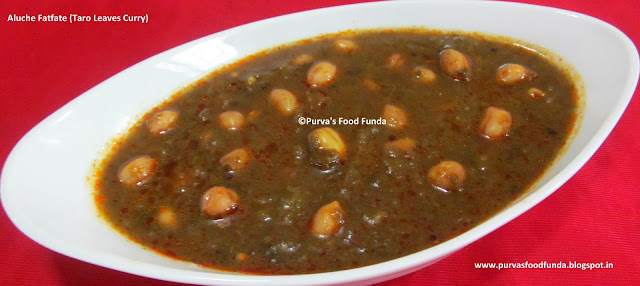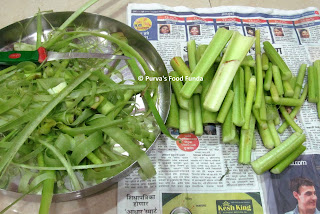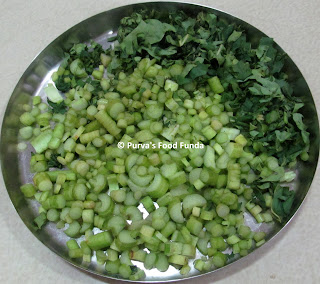Authentic, delicious and healthy curry is made with banana flower and val/field beans.
In Asia banana flowers is used as a vegetable. Like artichokes, both the fleshy part of the bracts and the heart are edible. Banana flowers contain various vitamins like Vitamin A, C and E. They also contain potassium and fibers. This makes them an excellent health food and a source of healthy nutrients. Calculated intake of banana flowers reduces blood sugar levels. Banana flowers boost the supply of milk that helps the new mothers feed their young better.
In Asia banana flowers is used as a vegetable. Like artichokes, both the fleshy part of the bracts and the heart are edible. Banana flowers contain various vitamins like Vitamin A, C and E. They also contain potassium and fibers. This makes them an excellent health food and a source of healthy nutrients. Calculated intake of banana flowers reduces blood sugar levels. Banana flowers boost the supply of milk that helps the new mothers feed their young better.
How to clean Banana Flower:
Ingredients:
Method:
Variation:
You can use other pulses like Kala Vatana (Black peas) or Chana (Bengal gram) or Red Small Chavali (Lobia) instead of Val beans.
Soak pulses overnight. Don't need to sprouted them like val. Pressure cook these pulses before using to save the time of cooking. Do not overcook. Rest of recipe is same. You can omit kokum and jaggary when you are using these pulses.
We also make vade/cutlet using these banana flowers.
- Take care of your clothes while handling the banana flower. It's juice stains clothes.
- Discard upper dark pink petals of banana flower. Discard the petals until you will get tender, soft and yellowish or pale white core of flower and you will feel hard to peel more.
- Also discard tough and rubbery flowers of first 1-2 layers.
- Remove the long stem (like matchstick) inside each flower along with the outer stiff petal (like nail or feather).
- Chop flowers finely also chop inner tender core of flower. Discard the stem of core.
- Immerse the chopped banana flower in the salty water or thin buttermilk.
Ingredients:
- Kelful (Banana Flower), chopped- approx 2 cups from 1 medium sized flower
- Va beans, spourted & peeled- ½ cup (from ¼ cup dried val beans)
- Oil- 2 to 3 tbsp
- Onion, chopped- 1 med or ¾ cup
- Garlic- 3 to 5 cloves
- Mustard seeds- 1 tsp
- Cumin seeds- 1 tsp
- Hing (Asafoetida)- ¼ tsp
- Turmeric powder- ½ tsp
- Homemade mix masala or Malwani masala- 3 to 4 tsp (or 1½-2 tsp red chili powder + 1½ Goda masala)
- Jaggery- ¼ tsp
- Kokum /aamsul- 2 to 3
- Fresh coconut, scraped- ¼ cup
- Fresh coriander finely chopped- a handful
- Salt- to taste
- Drain the water and squeeze it.
- Heat oil in a pan. Add mustard seeds. When the splattering starts, add garlic and onion.
- When onion become pink, add turmeric powder, hing, masala and sauté for a minute.
- Add val beans, little water and salt to taste. (Use salt carefully if you immersed flowers in the salty water.) Mix well, cover and cook for 8-10 minutes on simmer.
- Add squeezed flowers and mix well, cover and cook for 10 minutes or till cooked on simmer. Stir occasionally. Sprinkle little water if needed.
- Add jaggery and kokum. Mix well, cover and cook on simmer for a minute.
- Garnish with scrapped coconut and coriander.
- Serve hot with chapati, bhakari or dal-rice.
Variation:
You can use other pulses like Kala Vatana (Black peas) or Chana (Bengal gram) or Red Small Chavali (Lobia) instead of Val beans.
Soak pulses overnight. Don't need to sprouted them like val. Pressure cook these pulses before using to save the time of cooking. Do not overcook. Rest of recipe is same. You can omit kokum and jaggary when you are using these pulses.
We also make vade/cutlet using these banana flowers.


























